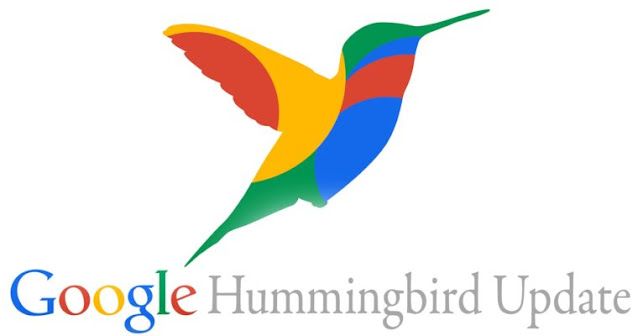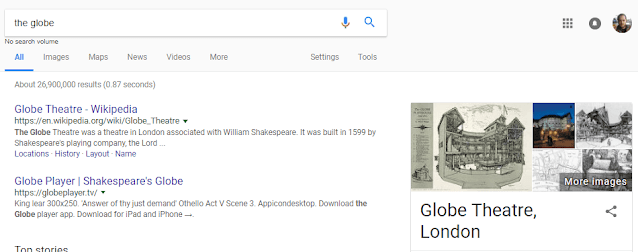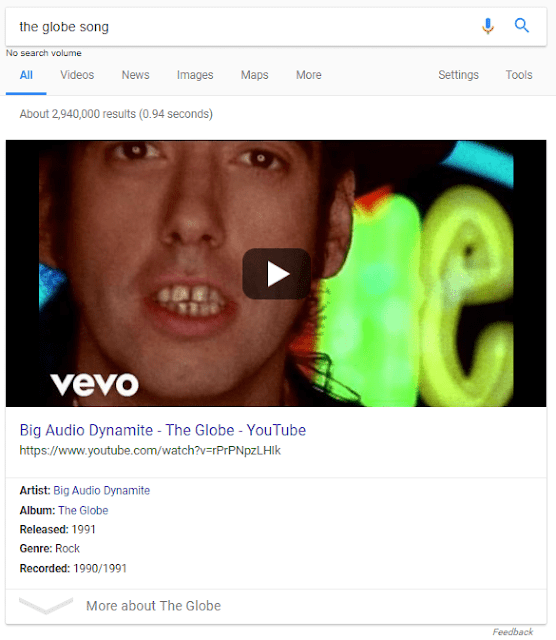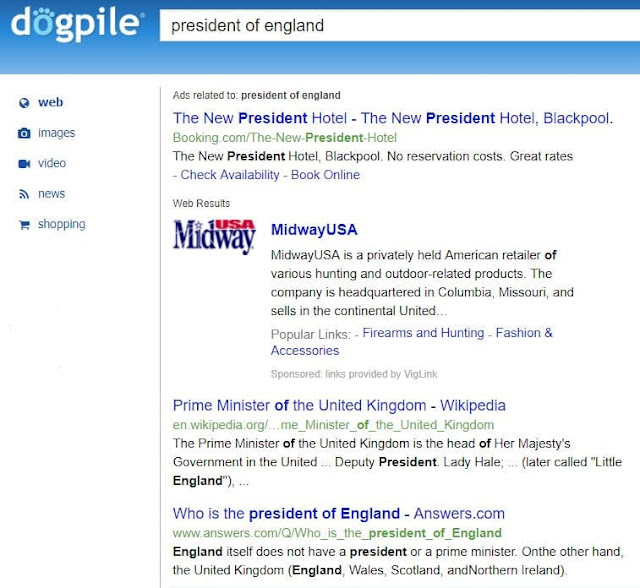Here's how Google search used to be before Hummingbird, what the algorithm was supposed to do, and why it transformed search — and our lives – forever.
Since the fall of 2013, Google's Hummingbird algorithm has left its mark on billions of search results, allowing users to take another little step toward a more intimate, personalised search engine results page.
It's easy to forget that the current era of micro-moments and having Google answer contextual queries is a significant departure from the first 20 years of search, when results were determined by individual keywords rather than the complete query.
Let's take a look at what search was like before the Hummingbird upgrade, what Hummingbird was supposed to do, and why it actually improved our lives.
Before Hummingbird, there was no such thing as a search engine.
The fundamentals of SEO were essentially the same in the summer of 2013 as they are now.
We were still in the era of "excellent content," where earning links (rather than buying or scheming for them) was the aim, and being able to answer issues that people were interested in was still the goal.
Even a year before Hummingbird's launch, the world of search results was significantly changed.
The Knowledge Graph's Infancy in 2012
Before Hummingbird, search results were limited to a single word (“games”), a long-tail string (“who is the mayor of Burlingame, CA?”), or even a well-known acronym (“NBA”).
There was a catch, though. The findings were frequently superficial, offering no in-depth information or resources about the queer community.
Google's ability to understand intent remained an issue, particularly when it came to distinguishing between two similar-but-different inquiries.
Music and theatre are two excellent examples. If I type “the Globe” into Google right now, I'll obtain information about the famous Globe Theatre in London, which is linked to William Shakespeare.
If you had searched for this in 2010, you could have found information about Earth globes or the home page of the Global Learning and Observation to Benefit the Environment (GLOBE).
Thankfully, this is how search seems today.
But let's pretend that I'm not a big admirer of actors and that what I'm really looking for is information about a 1991 song. Today, all I have to do is fine-tune my query, and Google will return results that answer my question.
If this had been five years ago, there's a significant likelihood that misclicks and more queries would have been required to get the accurate Big Audio Dynamite II results.
Even better, this significant advancement in context understanding meant that when you needed a specific answer, Google was able to provide it.
Just don't ask it a foolish question like, "What automobile does Jesus drive?" or you can get an incorrect response (and a lesson in anachronisms).
The fundamental idea behind the Knowledge Graph when it was first unveiled in May 2012 was that by supplying information with the context "Paris Hilton Lodging," you would receive availability information about Hilton Hotels on the Seine (rather than results centred around the heiress of a similar name).
The Knowledge Graph is noteworthy because it foreshadows Hummingbird's ambition to answer inquiries using "objects, not strings," the natural next step in a long series of improvements from the search giant.
Google Authorship (2011-2014)
In the early days of Hummingbird, enquiries were answered to the best of their abilities based on the content provided.
While the Knowledge Graph had been slowly rolling out for over a year prior to Hummingbird, it also arrived at a time when Google was experimenting with directing search results toward content written by trusted sources based on its 2009 Agent Rank patent, which, when combined with structured data markup, resulted in the Google Authorship programme.
Google's authorship update went online at the same time as Google+, allowing content creators to connect publishers with their publications using an internal system. The ability to establish associations based on Google+ profiles and rel=”author” markup made attribution easier to spot, and those who created material that increased engagement through trust benefited as well.
What Were the Google Hummingbird Update's Objectives?
After 2010's Caffeine update and other key modifications that altered how consumers interact and engage with search results, the Hummingbird update – which was announced September 26, 2013, but had actually rolled out the month before – was the next evolutionary step.
Hummingbird was a significant step forward in Google's search technology. It had a global impact on about 90% of searches.
The focus of Hummingbird was on three key elements:
1. Search that is conversational
Natural language processing would allow search results to return specialty results for searches at both the head and long-tail levels.
Hummingbird aimed to allow users to confidently search for themes and sub-topics rather than needing to build questions using Google-fu by being able to gauge intent in a semantic manner.
2.Human Search
By focusing on synonyms and theme-related subjects, Hummingbird hoped to tackle this problem.
Of course, England does not have a President, but it does have a Head of State (Monarch) and a Head of Government (Prime Minister), which is similar to other countries (France, for example, has both a Presidential Head of State and a Prime Minister as Head of Government), but not the same as the United States, where the President serves in both capacities.
Hummingbird took Google one step closer to becoming more human by allowing people to know what they don't know and curating results that help users find what they're looking for.
3.The Building Blocks of Voice Search
Local results grew more specific as Hummingbird employed context and purpose to give results that fit the user's demands.
In the old days, if you wanted to discover a wonderful Vietnamese restaurant in a U.S. city, you had to be careful with your nouns and avoid colloquialisms, or you'd get results for Ho Chi Minh City and Hanoi!
On the surface, those locations appear to be excellent destinations for Vietnamese cuisine, but is that what you were seeking for in the first place? Certainly not! Because a "restaurant" serves "food."
Because of the combination of conversational language processing and interpreting human intent based on location data, what we take for granted today is the result of years of hard work to make the goal of semantic search a reality.
Local Search Enhancement
The old approach of speaking to the keywords in a local business website's title and meta descriptions became a little less important as semantic search and natural language processing took into account how humans think, desire, and utilise search engines to find what they're looking for.
This meant that the long-standing tactic of spamming a website with keywords and phoney business names was once again weakened, though many people still do it (often effectively) today.
For pessimists, this was a feature that was misunderstood as a fault, blaming the algorithm for punishing organisations that had been using face-value strategies for years. For the optimists, it was an opportunity to expand their vocabulary by outlining Who/What/Why/Where/How in the same way that people do.
The Legacy of the Hummingbird
When it was first released, the Hummingbird upgrade was widely regarded as Google's most game-changing move.
Was it, however, successful?
It all depends on how you look at it and what it did for people and the organic search industry.
The upgrade didn't cause as much havoc on the SERPs as its Panda and Penguin forerunners, and it wasn't the first step toward employing a data-linked approach to provide trusted results for queries. It wasn't even the first big step toward better information indexation.
Hummingbird may not have been the game-changer that some have claimed it to be, but it doesn't negate its significance.
Hummingbird built on Caffeine, the Knowledge Graph update, and the now-defunct authorship push, culminating in what many consider to be a fundamental reworking of Google's core algorithm rather than a feature.
The air filter on Google's search engine was not replaced. It was designed to replace the entire engine block.
Google's effort on serving results that pander to the human side of user intent was felt across both head-level and long-tail queries, and Hummingbird deserves credit for helping users capitalise on "micro-moments" that span themes to Do/Know/Go.
Featured Image: Shutterstock, modified by Danny Goodwin.
Pre-Hummingbird Nutrition Screenshot by Bruce Clay. Taken December, 2012.
2013 Hummingbird Image Screenshot by StorEDGE. Taken March, 2014.
All Other Screenshots by Beau Pedraza. Taken November, 2017.















No comments:
If you have any doubts, Please let me know